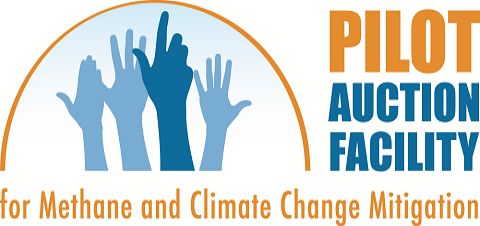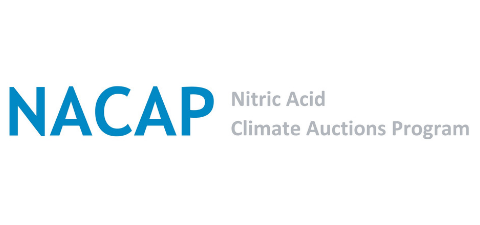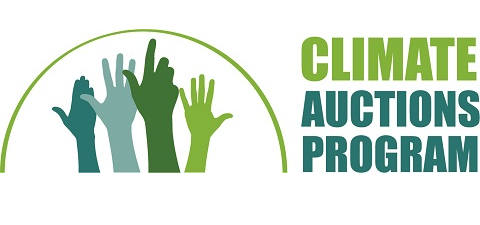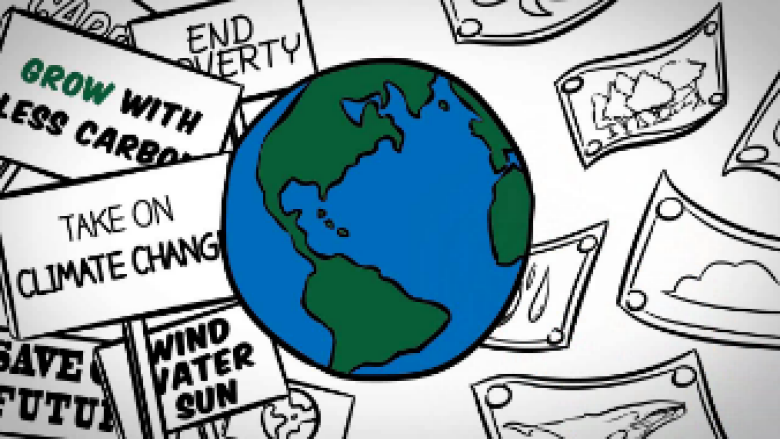
The World Bank’s Climate Auctions Program, implemented by the Carbon Markets and Innovation team of the World Bank’s Climate Change Group, is based on the work completed by the Pilot Auction Facility for Methane and Climate Change Mitigation (PAF). The PAF developed the Climate Auction Model, which is the basis for the Wolrd Bank’s expanding Climate Auctions Program. The World Bank is evaluating opportunities for replication and scale-up of the Model across a range of sectors.
The Climate Auction Model consists of three key elements:
- First, price guarantees for future climate results are determined by an auction. These price guarantees provide holders the right, but not the obligation, to sell future climate results to the Facility at a predetermined price. The auction platform provides a transparent means for allocating and determining the value of the price guarantees. The competitive nature of the auction reveals the minimum price required by the private sector to make the pre-defined green investments, therefore maximizing the impact of public funds and achieving the highest volume of climate benefits per dollar.
- Second, funds are only disbursed once the climate results have been independently verified. This allows climate funders to be certain that results have been achieved before making payment.
- Third, risk is shared between the public and private sector for green investments. The price guarantees must be purchased by private sector auction winners at a premium price, which is paid upfront before they receive the price guarantee contracts. Auction winners have a greater incentive to deliver climate results when they have paid for the right to deliver them to the Facility in the future.
The PAF, as the first auctioning program of the broader Climate Auctions Program, hosted three successful auctions between 2015 - 2017, allocating nearly $54 million in climate finance. The PAF’s auctions addressed methane and nitrous oxide abatement, and continue to make results-based payments for eligible carbon credits delivered to the PAF through 2020.
The Climate Auctions Program is supported by a World Bank Board-approved Financial Intermediary Fund and the work of teams across the World Bank Group.



